Stucco-covered chimneys make me nervous. This all started about five years ago when one of our past clients asked us to buy him a new $20k chimney, claiming we had missed a major issue with the chimney.
This was a 1920s two-story stucco home with a stucco-covered chimney at the front of the house. The upper portion of the chimney had been recently worked on, and it all looked very good.
Coming down the chimney, however, there were a few cracks and damaged areas in the stucco covering that would obviously admit water.
We took photos of the cracks, we put these photos in our home inspection report, and we recommended having the stucco repaired.
This house had a lot of serious issues, and the stucco damage at the chimney was probably one of the least concerns for our client, so nothing was done about it for a while. Our client purchased the home, and eventually had a stucco contractor come out to see about fixing the damaged stucco at the chimney. This was about six months after taking possession of the home.
The stucco contractor who came out told our client that the stucco couldn’t be repaired, because the chimney was falling apart behind the stucco. What our client needed, apparently, was a complete chimney tear-down and rebuild. Our client contacted a few different chimney contractors for bids, and those bids were all in the neighborhood of $20k to rebuild the chimney.
Ouch. The worst part was that one of these contractors told him that his home inspector should have caught this. They told him that all stucco-covered chimneys of this age are falling apart and will be expensive to rebuild, and we should have known this.
Side note: If there’s one phrase that drives me bananas more than anything else, it’s “your home inspector should have…”
If you’re not a home inspector and you weren’t at the inspection, then don’t say something like that. That’s surely not a phrase you’re qualified to make.
So that’s when he called me. I followed up with a few of my own contractors to discuss the repair options and to learn more about stucco-covered chimneys. They agreed that these chimneys, typically found on homes built in the 1920s and 1930s, can be problematic. They’re not all bad, but when they start to fall apart, it’s an expensive project.
The problem
The issue with these old stucco-covered chimneys is that they were typically built with sand-lime bricks that don’t hold up over time when exposed to water. The stucco walls were supposed to protect the bricks, but once you have chimneys leaking water from the top, that water starts to destroy the chimney on the inside. It takes a long time for this to happen, but these chimneys were built a long time ago. That brings us to present-day, where we’re starting to see the results of this damage throughout the Twin Cities.
The chimneys we’re looking out for are stucco-covered chimneys on homes built during the 1920s and 1930s. The photos below show some examples of these chimneys.
For this first one, the upper portion of the chimney was rebuilt with concrete blocks.
This next one, which we like to call a Neopolitan chimney, also had some repairs completed. These repairs were only temporary.
This next chimney will be needing repairs very soon.
And I don’t think the rest of these stucco-covered chimneys need any explanation.
If a stucco-covered chimney is in pristine condition and there are no signs of water intrusion, wonderful. We’re good. But when a stucco-covered chimney shows signs of past water intrusion, experience has taught us that these issues can be expensive.

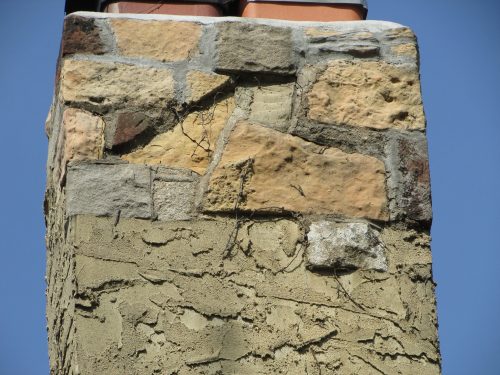
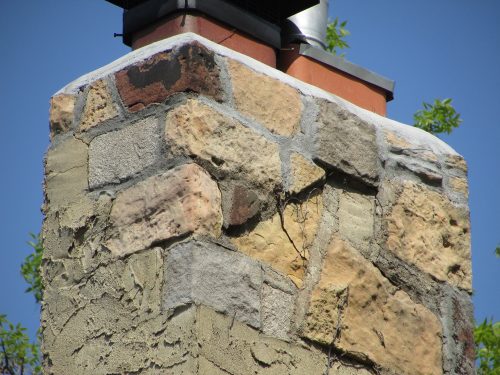
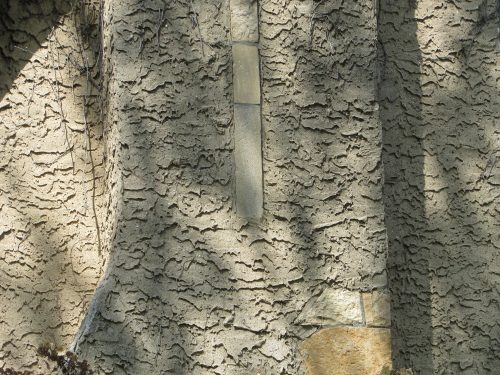
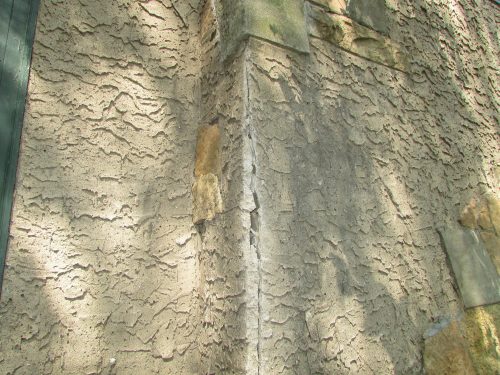
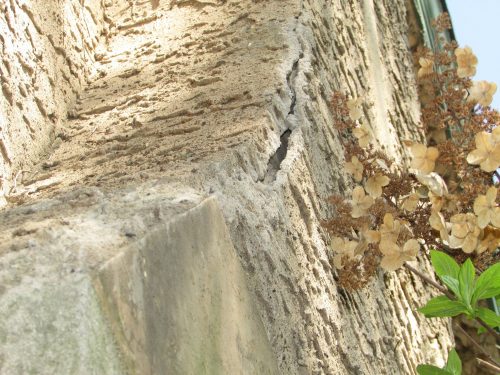
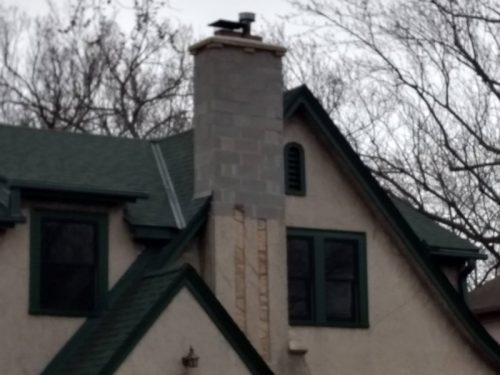
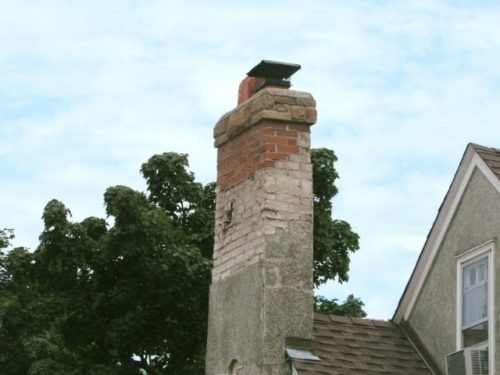
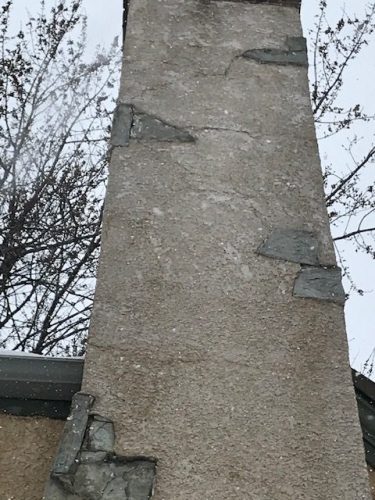
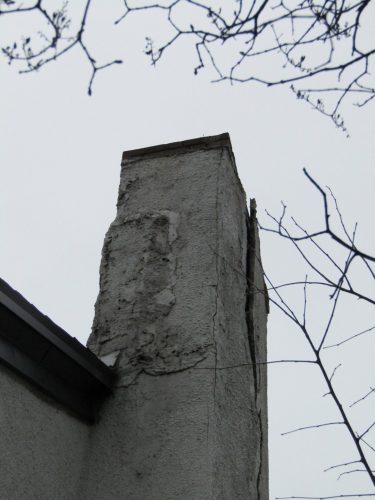
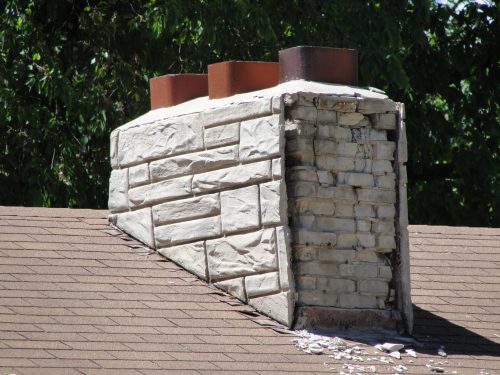
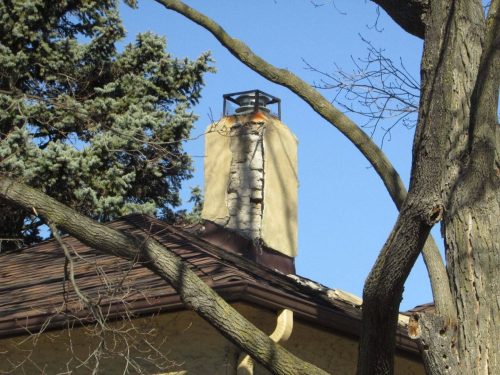
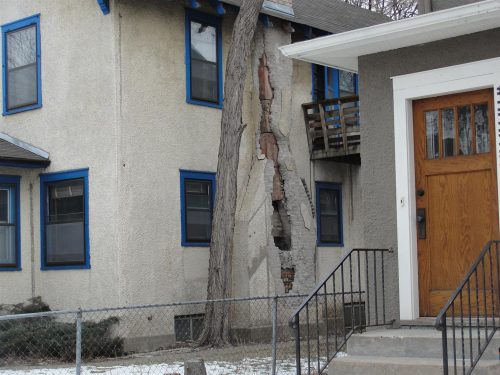
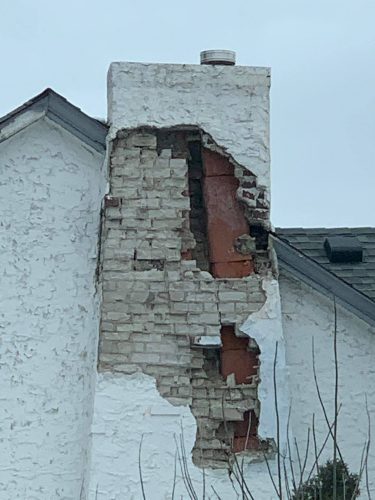

Scott J. Zeiger
February 25, 2020, 5:06 pm
Yo Reuben, as Paul Harvy used to say:
“And that’s, the rest of the story”
Except here the rest of the story was left out.
How did you resolve the issue with your client?
Reuben Saltzman
February 26, 2020, 6:56 am
Oh yeah, that… we turned this over to our insurance company, and they agreed that this was not something we had missed. We didn’t attempt to define the scope or cost of the repair work in our report, thankfully. We wrote this up as a problem and recommended repair. Our insurance company politely told our client “no”, and we gave him a refund for his inspection fee. That was the end of it.
Joseph Scaduto
February 25, 2020, 6:25 pm
Hi Reuben,
Very interesting story and great pictures.
You told the client to have repairs done to the chimney, however did you put in your inspection report to have the entire chimney further fully evaluated by a certified chimney sweep or a mason familiar with stucco chimneys?
Also, you did not say what the end result of the case was with the now homeowner.
Did you get sued, have to pay for repair work, have to inform your insurance company regarding a possible claim?
As always your blogs are insights as to all of the potential pitfalls in this business of ours.
Keep up the great work.
Joe Scaduto
Reuben Saltzman
February 26, 2020, 7:01 am
Hi Joseph,
No, we didn’t make a recommendation to have the chimney further inspected. We’ve been making that recommendation for the past year or so, and it has caused a lot of problems for us, our clients, and the real estate agents who represent our clients. The problem is that there’s nothing else that anybody can do or say to determine the condition of these chimneys. We’ve had a bunch of contractors come back to us and say “what do you want me to do? I can’t see any more than you can.”
And that’s why I wrote this blog post; we’ll be including a link to this blog post in our inspection reports when we come across stucco-covered chimneys in the future.
As for how the story ended, we turned this over to our insurance company, and they agreed that this was not something we had missed. We didn’t attempt to define the scope or cost of the repair work in our report, thankfully. We wrote this up as a problem and recommended repair. Our insurance company politely told our client “no”, and we gave him a refund for his inspection fee. That was the end of it.